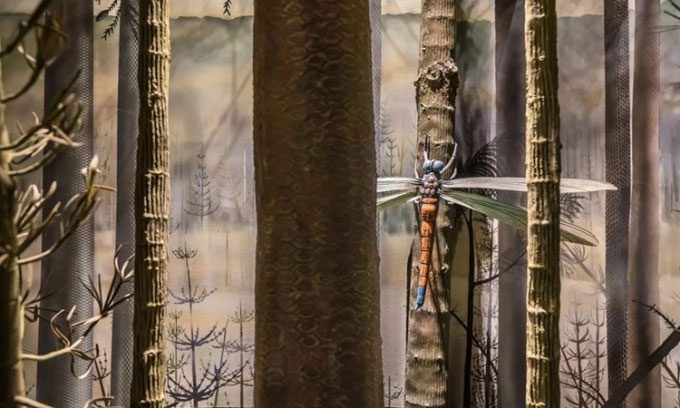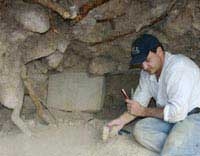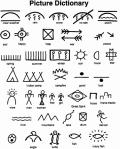The giant dragonfly with a wingspan of 71 cm lived on the supercontinent Pangaea 275 million years ago.
Long before birds dominated the skies, a monstrous creature resembling a dragonfly held the title of the largest insect of all time. Named Meganeuropsis permiana, this extinct insect had an estimated wingspan of 71 cm, comparable to a plump pigeon, according to IFL Science.

Meganeuropsis permiana looks very similar to modern dragonflies. (Photo: Marbury)
The remaining traces of M. permiana indicate that they looked quite similar to today’s dragonflies, although they are not classified as true dragonflies. Instead, they belong to the extinct insect order Meganisoptera, also known as griffinfly.
M. permiana lived during the late Permian period about 275 million years ago when the Earth was very different from today. All the major landmasses on the planet were gathered together to form a supercontinent known as Pangaea, formed after the collision of the Euramerica and Gondwana continents. While reptiles primarily dominated the land, insects underwent a significant increase in diversity during that time.
Meganeuropsis is a genus of insects that includes two species. The larger species, M. permiana, was first described by American entomologist and paleontologist Frank Carpenter in 1939 based on an incomplete specimen found in Elmo, Kansas. A few years later, he described a smaller similar species called Meganeuropsis americana.
Insect specimens are extremely difficult to detect. Due to the absence of bones, insects do not fossilize in the same manner as mammals, fish, birds, and reptiles. Theoretically, there is a limit to the size that insects can grow. It seems that M. permiana reached that limit.
Firstly, they are constrained by their exoskeleton. Insects molt as they grow, and this is an energy-consuming process. The larger an insect is, the more energy and resources it requires to produce a larger new exoskeleton.
Secondly, insects breathe in a completely different way than birds, reptiles, and mammals. They inhale air through a system of tiny tubes called tracheae, which deliver oxygen directly to their cells. As insects grow larger, the air-filled tubes become less efficient at supplying oxygen to all their cells. Insects also have a relatively simple metabolic system, which is not suited for sustaining larger body sizes.





















































